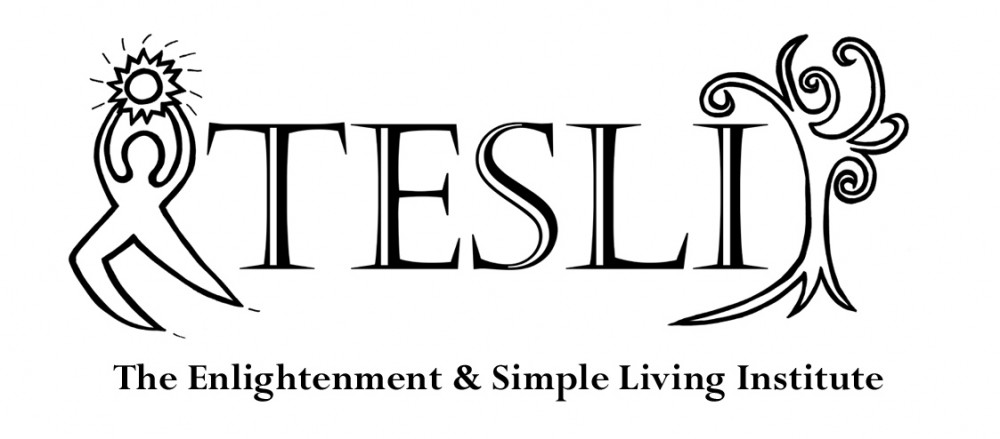On the Buddhist path one of the exercises that is popular is to try to find the self. This naturally leads to a thorough investigation of all the possible things that could be self.
Am I my legs? Would I exist if they were gone?
Am I my head? Would I exist if it was gone?
Am I my mind?
Am I my thoughts?
Am I my feelings?
What am I?
This investigation is typically pursued as an analytical meditation. I imagine my legs separate from the rest of my body. Someone comes into the room and says there is Dorena and over there are her legs.
But what are they calling Dorena? How many body parts do I need to lose before they no longer call me Dorena? If Dorena is a collection of things, what are the essential things? Can a collection be truly called one thing? one self?
And what of my mind? If I am in a coma or dead, people might still say, “Dorena is in that room”. People would call my body “Dorena”. So I must not be my mind. Yet, if I lose my mind, people might also say, “She is no longer herself”.
To be told you have no self can sound absurd. However, what is your defense to that? Can you find something that you can definitively label yourself?
This process of beginning to understand ultimate reality is deepened by realizing intellectually that there is no self and then progressing to a direct experience of that reality. Emptiness does not mean that there is nothing there, it simple refers to the fact that their is no self there. When a room is empty, it usually means there are no people present. Yet, there may be carpet, furniture and other things. Similarly in order to talk about emptiness one must define what it is absent. The object that is absent is the gakja.
